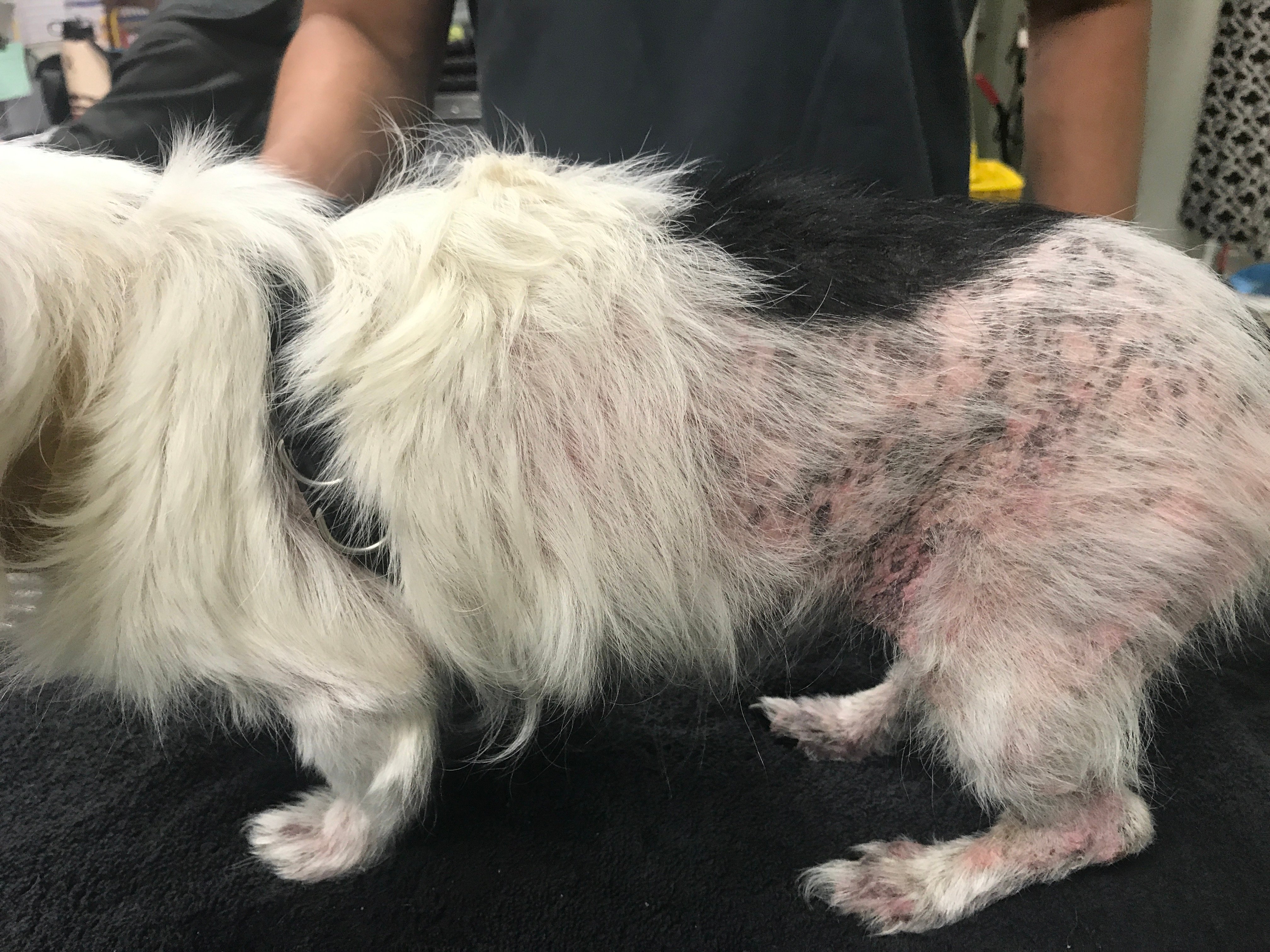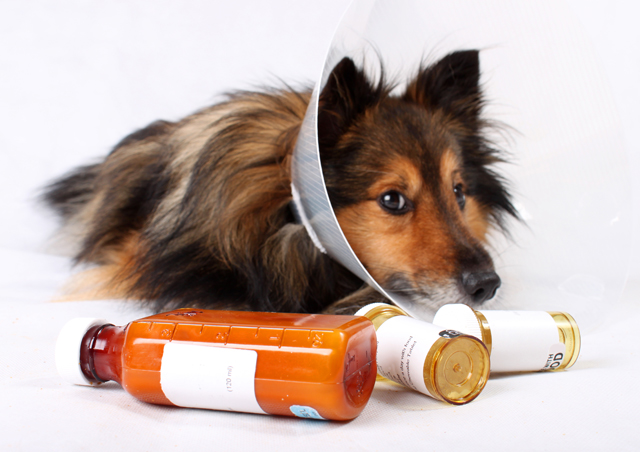Introduction:
Our pets are cherished members of our families, and just like humans, they can experience allergies that affect their well-being. In this comprehensive guide, “Pet Allergies 101: Identifying and Managing Allergic Reactions,” we’ll explore the common triggers of pet allergies, the signs and symptoms to watch for, and effective strategies for managing and alleviating allergic reactions in our beloved furry companions.
Section 1: Common Triggers of Pet Allergies
1.1. Environmental Allergens: Environmental allergens such as pollen, mold, dust mites, and grass can affect pets. Understanding the seasonal patterns and prevalent allergens in your area helps identify potential triggers for allergic reactions.
1.2. Food Allergies: Pets can develop allergies to specific ingredients in their food, including proteins, grains, and additives. Common allergens in pet food include chicken, beef, dairy, and certain grains. Identifying and eliminating these triggers can help manage food-related allergies.
1.3. Flea Allergies: Flea saliva is a common allergen for pets. Even a single flea bite can trigger an allergic reaction in sensitive individuals. Effective flea prevention and regular grooming are essential in managing flea allergies in pets.
Section 2: Signs and Symptoms of Pet Allergies
2.1. Itching and Scratching: Persistent itching, scratching, and licking are common signs of allergies in pets. If your pet displays excessive grooming behavior, especially in specific areas, it may indicate an allergic reaction.
2.2. Skin Irritations: Allergies can manifest as skin irritations such as redness, rashes, hives, or hot spots. Pay close attention to changes in your pet’s skin condition, as these can be early indicators of an allergic response.
2.3. Gastrointestinal Issues: Pets with food allergies may experience gastrointestinal symptoms, including vomiting and diarrhea. Monitoring their digestive health and noting any changes in their stool can help identify food-related allergies.
2.4. Respiratory Symptoms: Respiratory allergies can cause symptoms such as sneezing, coughing, wheezing, and nasal discharge. If your pet exhibits these signs, especially during specific seasons, environmental allergens may be the culprit.
Section 3: Diagnosing Pet Allergies
3.1. Veterinary Examination: If you suspect your pet has allergies, schedule a veterinary examination. A thorough physical examination and discussion of your pet’s medical history will help the veterinarian determine the most appropriate diagnostic approach.
3.2. Allergy Testing: Allergy testing may include skin tests, blood tests, or elimination diets. Skin tests involve exposing the pet’s skin to potential allergens to observe reactions, while blood tests can identify specific allergens through the detection of antibodies.
Section 4: Managing and Alleviating Allergic Reactions
4.1. Environmental Management: Minimize exposure to environmental allergens by keeping your home clean, using air purifiers, and providing a safe, allergen-free space for your pet. Regular grooming and cleaning of bedding and living areas can reduce the impact of environmental triggers.
4.2. Dietary Adjustments: If food allergies are identified, work with your veterinarian to implement a hypoallergenic diet. This may involve eliminating common allergens and introducing novel proteins or prescription diets tailored to your pet’s specific needs.
4.3. Medications and Therapies: Depending on the severity of allergic reactions, veterinarians may prescribe medications such as antihistamines, corticosteroids, or immune-modulating drugs. Allergy immunotherapy, which involves gradual exposure to allergens to desensitize the pet’s immune system, is also an option.
4.4. Flea Prevention: Effective flea prevention is crucial for pets with flea allergies. Consult with your veterinarian to choose an appropriate flea prevention method, and consistently use it to protect your pet from flea bites.
Conclusion:
In conclusion, pet allergies can significantly impact the well-being of our furry friends, but with proactive management and veterinary guidance, we can enhance their quality of life. By identifying common triggers, recognizing signs and symptoms, and collaborating with a veterinarian to implement tailored solutions, pet owners can successfully manage and alleviate allergic reactions in their cherished companions. Stay vigilant, seek professional advice, and prioritize your pet’s health to ensure a happy, comfortable life free from the burdens of allergies.